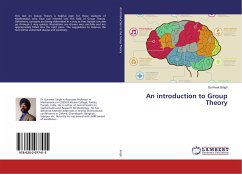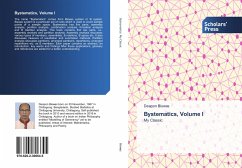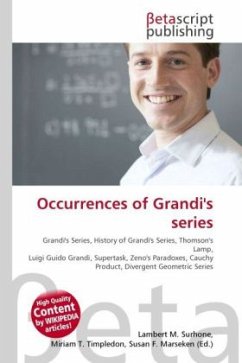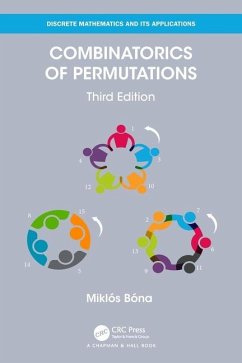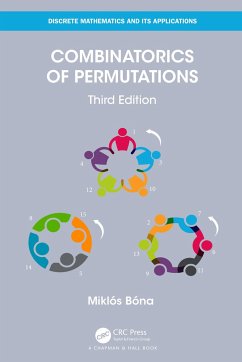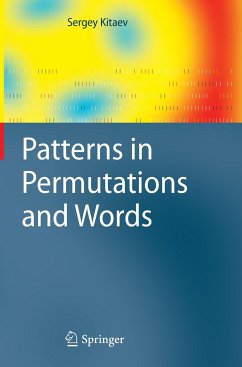
Pattern Occurrences in Dumont Permutations
Versandkostenfrei!
Versandfertig in 6-10 Tagen
32,99 €
inkl. MwSt.

PAYBACK Punkte
16 °P sammeln!
Consider the string 315264, a Dumont permutation of the second kind. We see that this particular string contains a subsequence of 3152, which is order-isomorphic (or simply isomorphic) to the string 3142, i.e. ordered in the same way as 3142. In this situation, we call the string 3142 a pattern. Herb Wilf first proposed the systematic study of pattern containment in his 1992 address to the SIAM Meeting on Discrete Mathematics. Dumont showed that Genocchi numbers count certain classes of permutations on n letters. In fact, he showed that the (n + 1)st Genocchi number is the number of Dumont per...
Consider the string 315264, a Dumont permutation of the second kind. We see that this particular string contains a subsequence of 3152, which is order-isomorphic (or simply isomorphic) to the string 3142, i.e. ordered in the same way as 3142. In this situation, we call the string 3142 a pattern. Herb Wilf first proposed the systematic study of pattern containment in his 1992 address to the SIAM Meeting on Discrete Mathematics. Dumont showed that Genocchi numbers count certain classes of permutations on n letters. In fact, he showed that the (n + 1)st Genocchi number is the number of Dumont permutations of the first and second kind on 2n letters. Pattern containment is an area less explored. The question still arises: How many permutations are there with r occurrences of a given pattern? We will consider certain class of permutation, the Dumont permutations. Burstein found the number of Dumont permutations with no occurrences (r = 0) of a given three letter pattern and four letterpattern. In this thesis, we wil find the number of Dumont permutations with r = 1 and r = 2 occurrences of certain three letter and four letter patterns. The four letter pattern is a Dumont Permutation.





